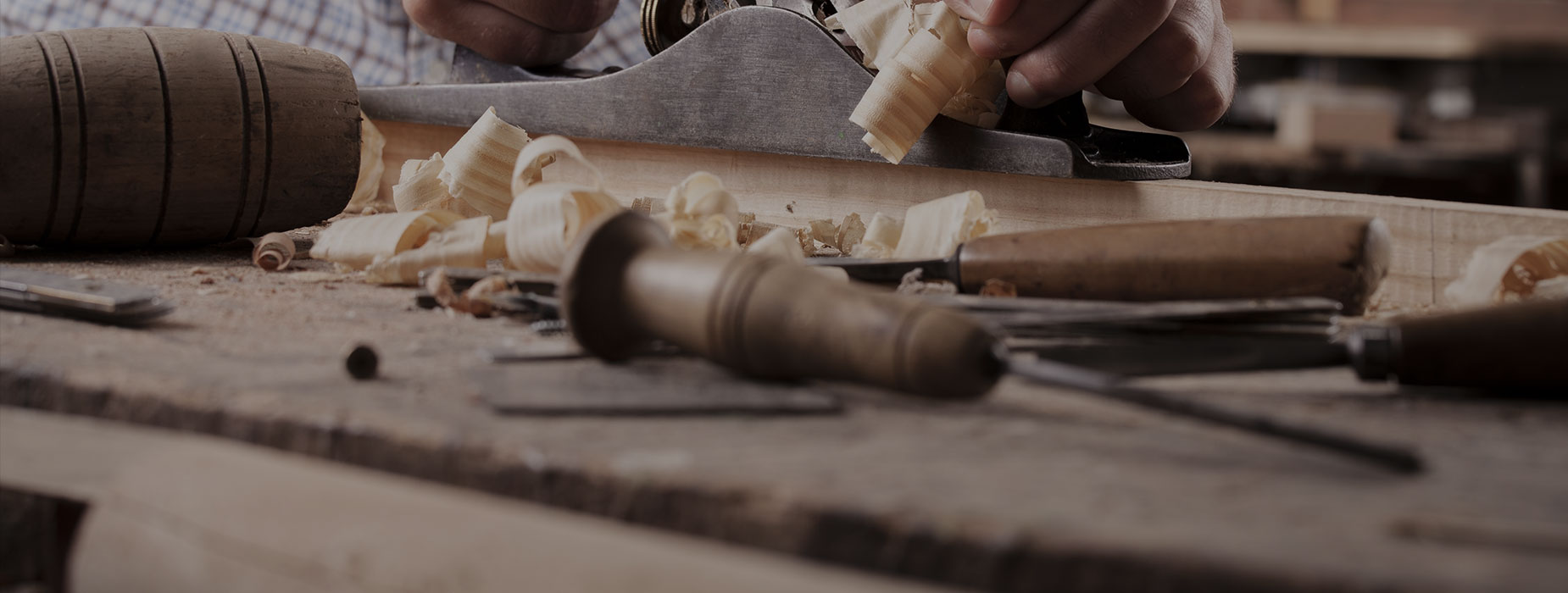
Steel Billet Price in India
The distinction between steel bars and steel billets is important to understand.
Steel bars are formed by folding and folding steel billets into long wire-like structures. These have all of the qualities of steel billets, such as quality and solidity. They are most commonly used in the construction of structures. However, depending on their shape and size, they can be used in military weapons, vehicle construction, and other applications. TMT bars are the most well-known steel bars. Steel billets are the second stage product created during the steel bar manufacturing process.
Raw steel cannot be used in its natural state; it must be cast into a shape before being used. Steel billet refers to newly manufactured steel that is still in the form of a metal bar or a square shape. Billets aren’t really useful until they’ve been shaped and sized into more functional shapes and sizes. After being formed, they are sold at home improvement stores or used for a variety of purposes. Unformed billets are used in the production of money, such as coins, as well as as storage, such as gold bars. Steel billets are also noted for their malleability and flexibility, especially when subjected to varying temperatures during the forming, shaping, and molding processes.
Steel billets aren’t useful until they’ve been shaped and sized into more practical forms and sizes. While they have just recently been placed in the heater, they still require a variety of forming(shaping) and trimming processes, such as hot and cold working, processing, and cutting, before being sold at home improvement stores or used for various applications. Steel billet is a semi-finished round that has been partially worked but will also be tried to a definitive size.
Steel bar is a finished product that has been rolled to the desired size. This is a crucial distinction. The mechanical qualities of most details are the bare minimum, which include hardness, yield quality, stiffness, and pliability. Extra testing, such as sturdiness, hot pressure burst, hot ductility, and grain size, is required as applications become more demanding, such as low-temperature oil and gas applications and aviation, to name a few. Furthermore, these increasingly severe judgments will actually reflect a reduction in the amount of land required for manufacture or rolling.
The right casting of steel billet is important because it determines the nature of the steel item after it has gone through the final phases of preparation. These take into account the quality and flexibility of the billet. Before being sold, the billets go through a series of testing. Steel billets that break or void throughout the heating and cooling operations are discarded because these flaws render the product unusable. Steel bars are used in reinforced concrete solid work to relieve tensile stress in reinforced cement concrete, slab beams, and other structures.
These steel bars are spherical segments with a width ranging from 6 to 50 mm with a plain surface. These bars are manufactured in vast lengths and can be cut and twisted quickly and safely.
Steel bars for reinforced construction should be precisely moved to the required measurements and loads. They should be free of cracks, imperfections on the surface, overlays, sharp, barbed, and flaky edges, and other defects.
Steel billets are made at a melting shop and then sent through a rolling mill production line to become steel bars. The procedure is as follows: scrap steel is brought and placed in a scrapyard in a melt shop, the scrap is taken and placed in a large container and heated rapidly to melt while thinking about fundamental material properties and additional substances for hardness, sturdiness, erosion resistance, and so on, relying on compound substance and additional substances.
The liquid steel is processed to produce billets that are approximately 5 x 5 cm in size. The billets are subsequently transported to a moving shop, which may be located in an unexpected location, where they undergo a manufacturing process. The billets are released into the heater after being positioned in a heater release. The billets pass through the heater before being furnace discharged and ejected into the furnace. The billets go via the heater and are heated in a precise way in order to consider rolling.
At that point, the billets are sent through the manufacturing train, where vertical and flat supports are used to roll the billets to the desired size. The steel that is currently moving at a high rate is carried to a rug rail and then to the warm for extinguishing. After the thermex, the steel is chopped into stock lengths of around 12 metres using a shear shaper. The steel bars are then transported to the cooling bed for cooling. The next step is the group and stack area, where steel is packaged and stacked before being carried to the capacity yard, where it is now ready to be offered for use on construction projects.
